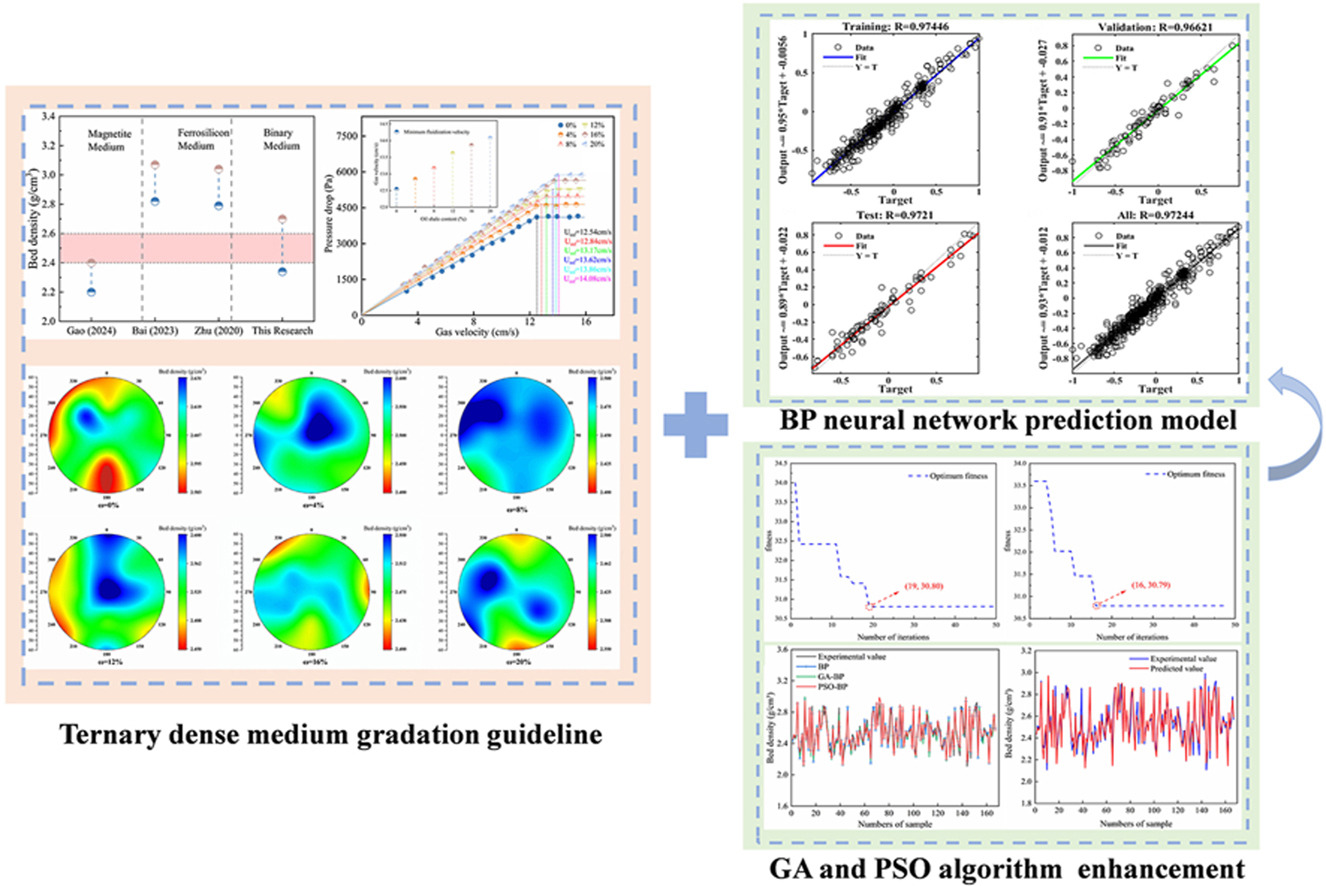- Volumes 96-107 (2025)
-
Volumes 84-95 (2024)
-
Volume 95
Pages 1-392 (December 2024)
-
Volume 94
Pages 1-400 (November 2024)
-
Volume 93
Pages 1-376 (October 2024)
-
Volume 92
Pages 1-316 (September 2024)
-
Volume 91
Pages 1-378 (August 2024)
-
Volume 90
Pages 1-580 (July 2024)
-
Volume 89
Pages 1-278 (June 2024)
-
Volume 88
Pages 1-350 (May 2024)
-
Volume 87
Pages 1-338 (April 2024)
-
Volume 86
Pages 1-312 (March 2024)
-
Volume 85
Pages 1-334 (February 2024)
-
Volume 84
Pages 1-308 (January 2024)
-
Volume 95
-
Volumes 72-83 (2023)
-
Volume 83
Pages 1-258 (December 2023)
-
Volume 82
Pages 1-204 (November 2023)
-
Volume 81
Pages 1-188 (October 2023)
-
Volume 80
Pages 1-202 (September 2023)
-
Volume 79
Pages 1-172 (August 2023)
-
Volume 78
Pages 1-146 (July 2023)
-
Volume 77
Pages 1-152 (June 2023)
-
Volume 76
Pages 1-176 (May 2023)
-
Volume 75
Pages 1-228 (April 2023)
-
Volume 74
Pages 1-200 (March 2023)
-
Volume 73
Pages 1-138 (February 2023)
-
Volume 72
Pages 1-144 (January 2023)
-
Volume 83
-
Volumes 60-71 (2022)
-
Volume 71
Pages 1-108 (December 2022)
-
Volume 70
Pages 1-106 (November 2022)
-
Volume 69
Pages 1-122 (October 2022)
-
Volume 68
Pages 1-124 (September 2022)
-
Volume 67
Pages 1-102 (August 2022)
-
Volume 66
Pages 1-112 (July 2022)
-
Volume 65
Pages 1-138 (June 2022)
-
Volume 64
Pages 1-186 (May 2022)
-
Volume 63
Pages 1-124 (April 2022)
-
Volume 62
Pages 1-104 (March 2022)
-
Volume 61
Pages 1-120 (February 2022)
-
Volume 60
Pages 1-124 (January 2022)
-
Volume 71
- Volumes 54-59 (2021)
- Volumes 48-53 (2020)
- Volumes 42-47 (2019)
- Volumes 36-41 (2018)
- Volumes 30-35 (2017)
- Volumes 24-29 (2016)
- Volumes 18-23 (2015)
- Volumes 12-17 (2014)
- Volume 11 (2013)
- Volume 10 (2012)
- Volume 9 (2011)
- Volume 8 (2010)
- Volume 7 (2009)
- Volume 6 (2008)
- Volume 5 (2007)
- Volume 4 (2006)
- Volume 3 (2005)
- Volume 2 (2004)
- Volume 1 (2003)
• A ternary dense medium is designed to improve density control in fluidized beds.
• Gradation rule is proposed for ternary medium beds in oil shale separation.
• Bed density prediction is accomplished by back-propagation neural network using seven key process parameters.
• Genetic-algorithm optimization is implemented to enhance BP model accuracy.
Efficient dry beneficiation of low-grade oil shale requires precise regulation of bed density in high-density gas–solid fluidized beds. This study develops a ternary dense-medium system comprising ferrosilicon powder, magnetite powder and oil shale particles, and investigates the coupling between medium composition, hydrodynamics and machine-learning-assisted density prediction. The results demonstrated that the ternary density regulation strategy significantly enhances fluidization uniformity and separation efficiency in the dry dense-medium fluidized bed. When the oil-shale mass fraction increases from 0 % to 20 %, the critical fluidization velocity rises from 12.54 to 14.08 cm/s, while the bed expansion ratio grows from 5.19 % to 8.83 %. Compared with the conventional binary medium, the ternary system lowers the mean bed density from 2.567 to 2.382 g cm−3 and achieves the minimum density fluctuation (standard deviation, SD = 0.097) at an optimal oil-shale mass fraction of 8 %. A back-propagation neural network optimized by a genetic algorithm (GA-BP) using seven process features predicts bed density with correlation coefficient R = 0.979 and root-mean-square error (RMSE) of 0.049 on 167 test samples—an 18 % error reduction over the conventional BP model. The proposed ternary medium strategy and GA-BP predictor therefore offer a robust framework for stable, energy-efficient dry separation of oil shale.

